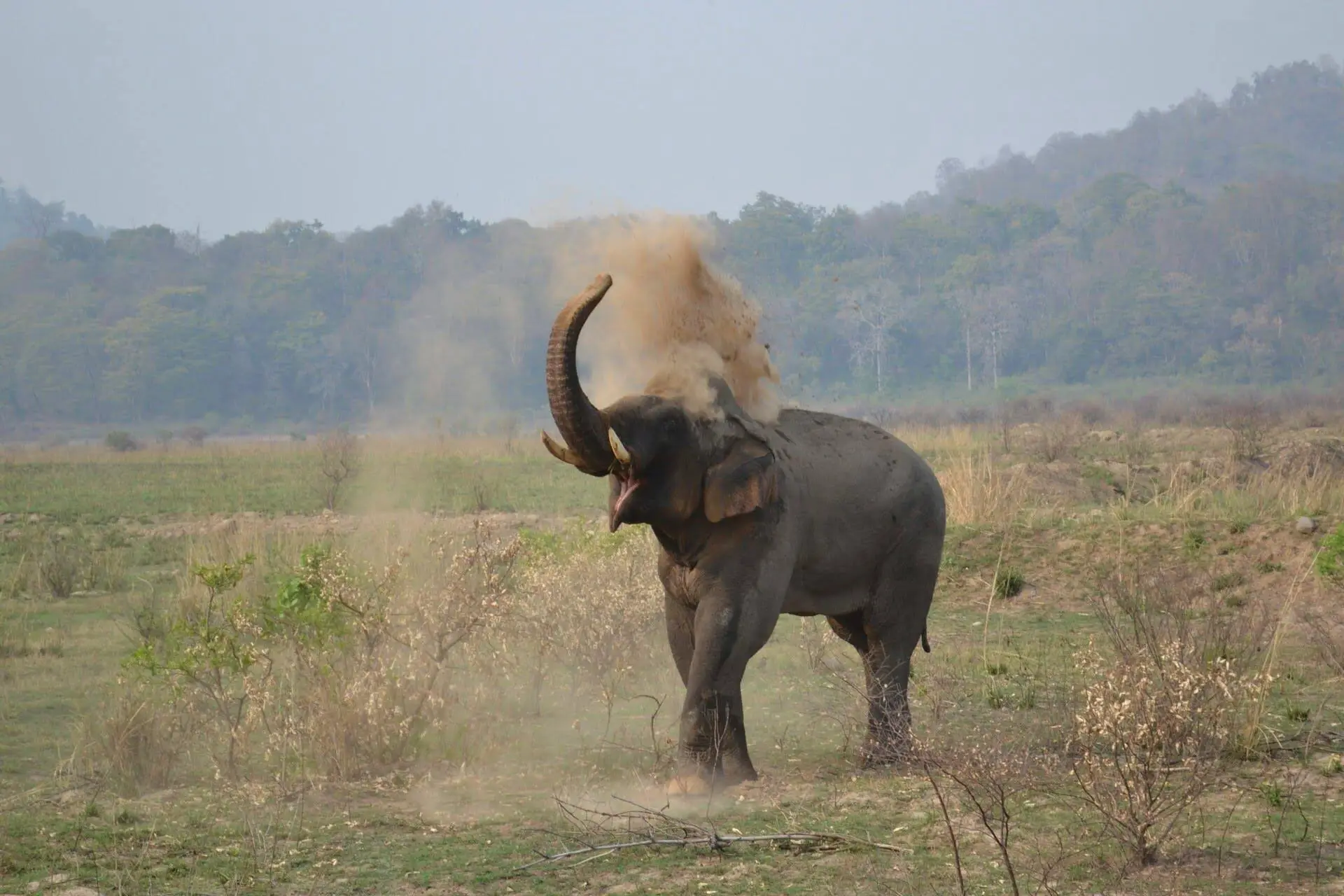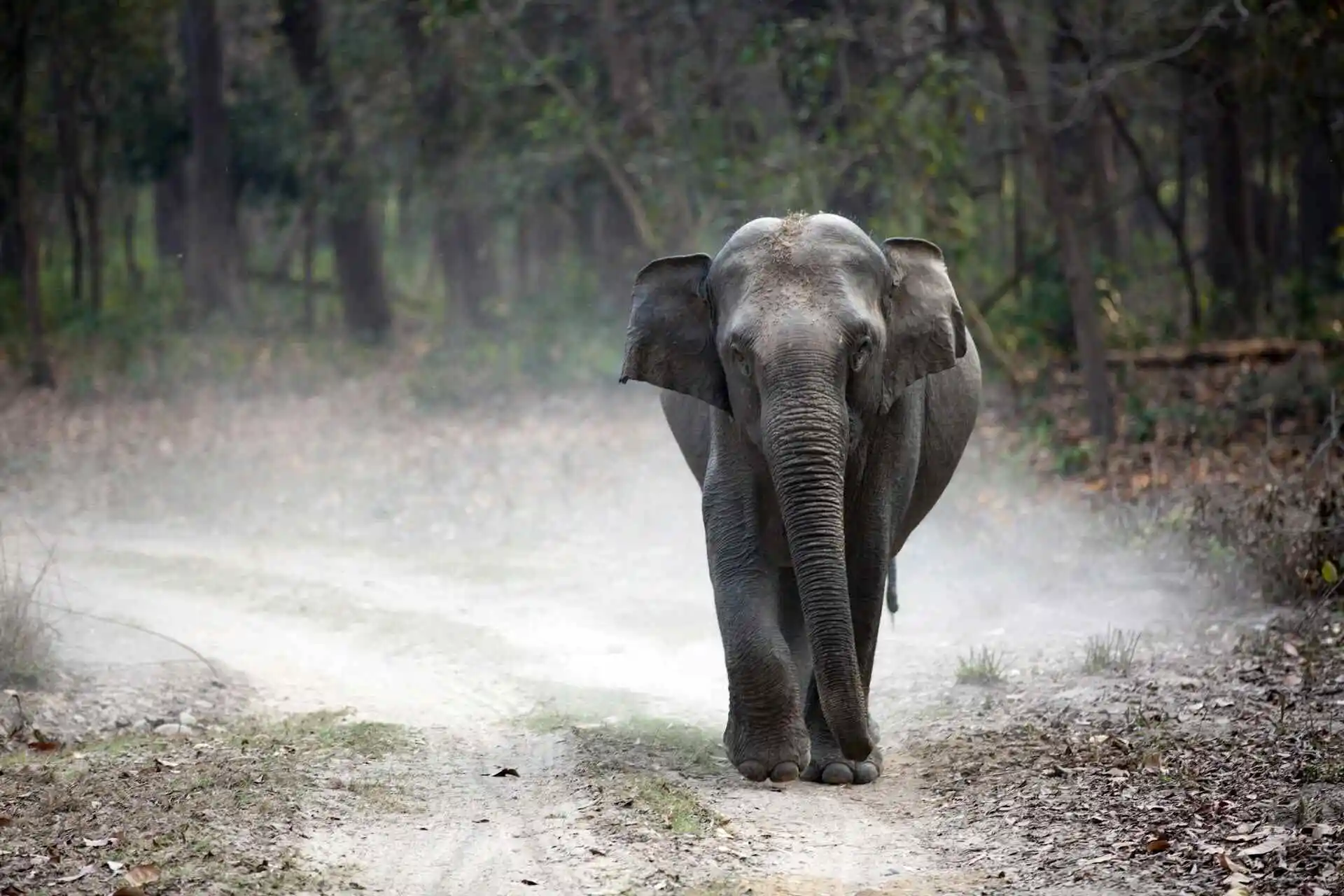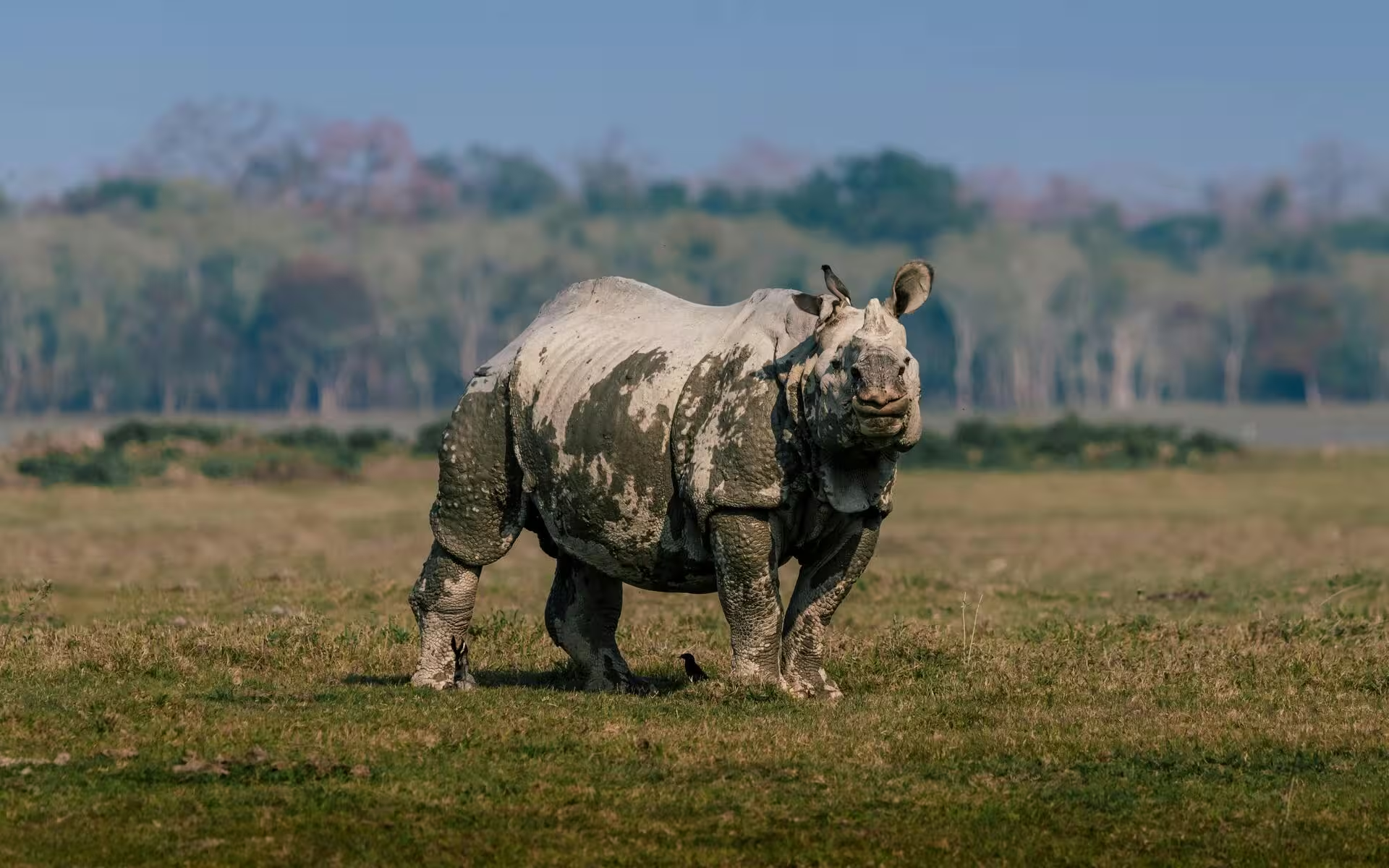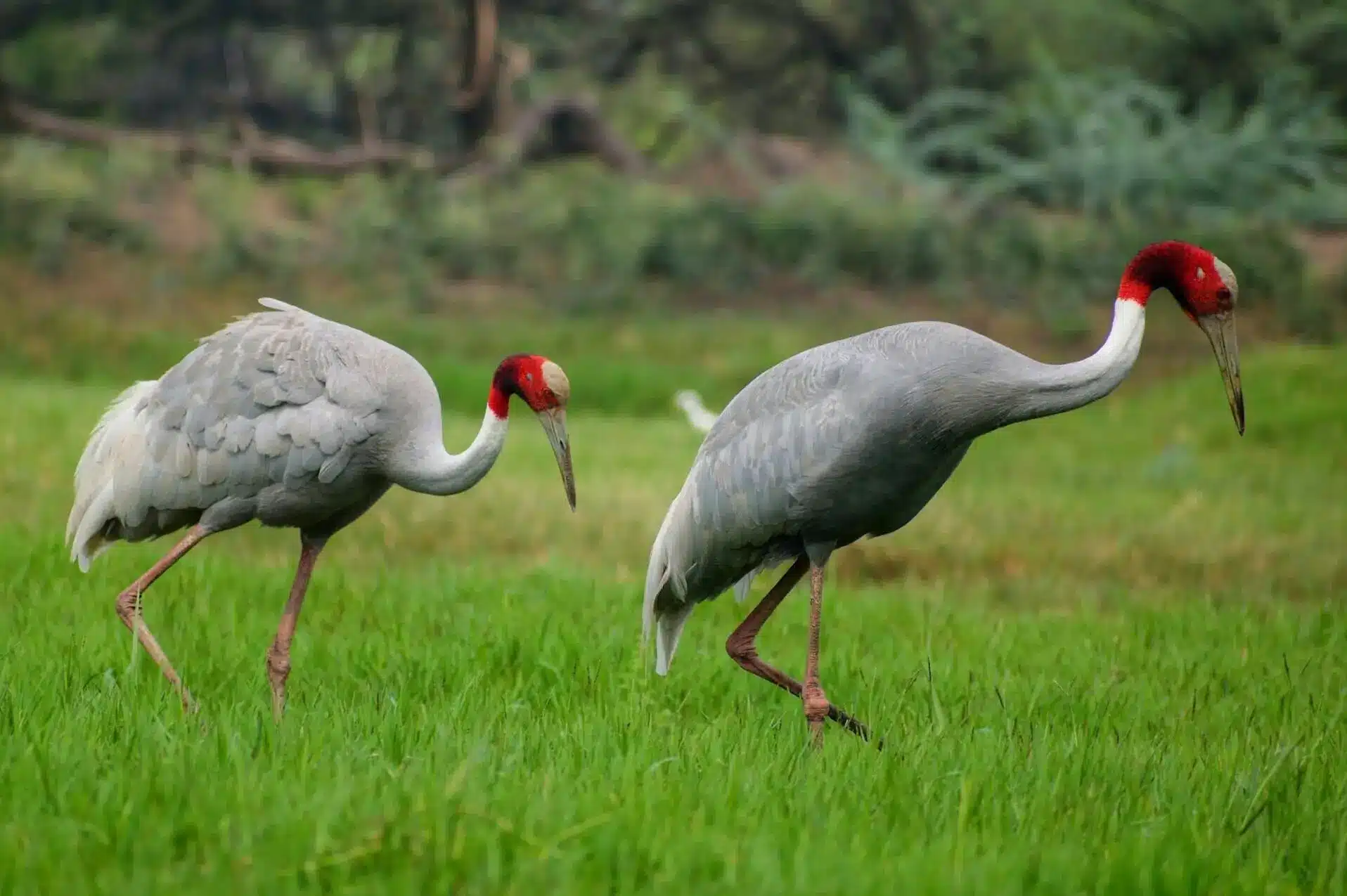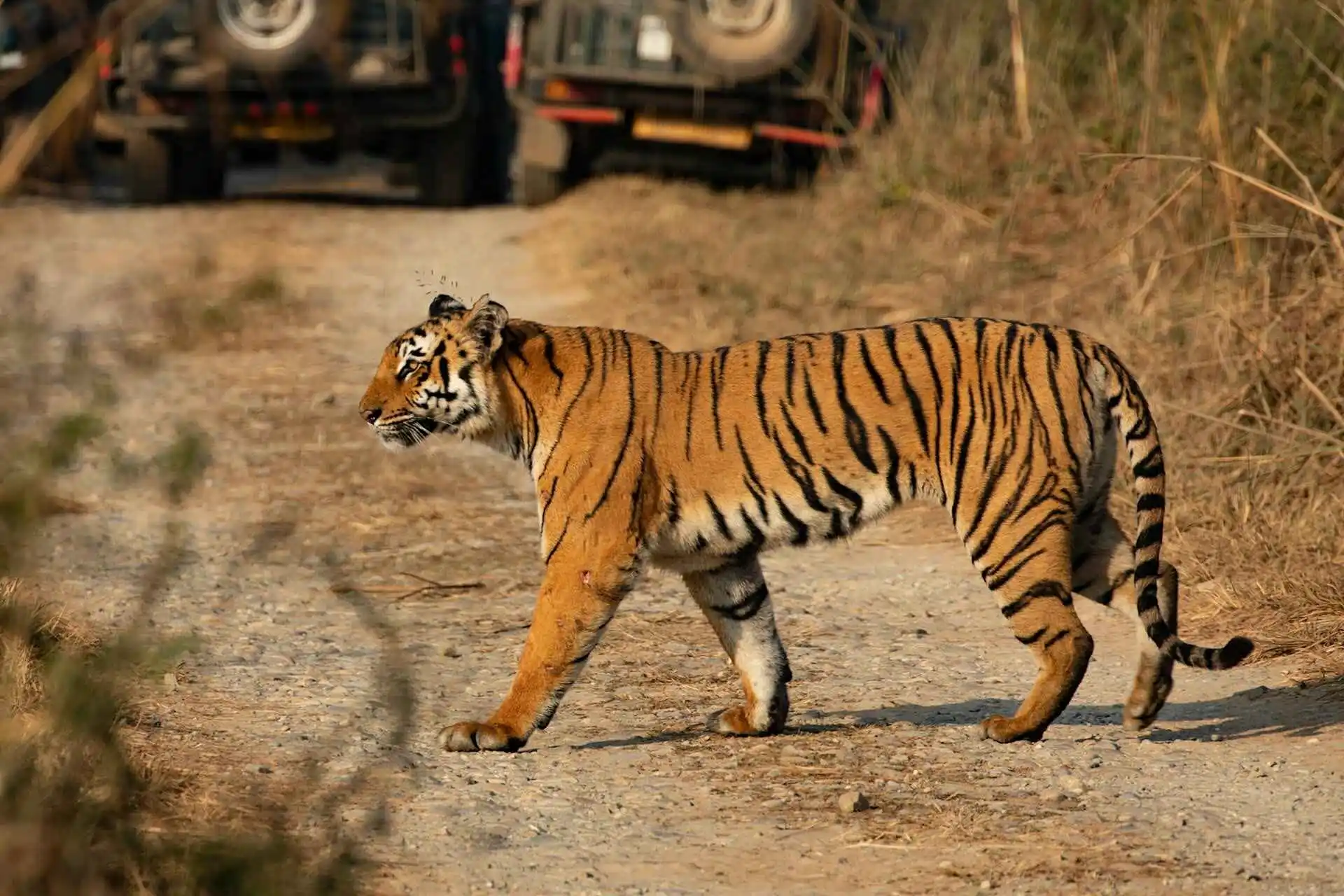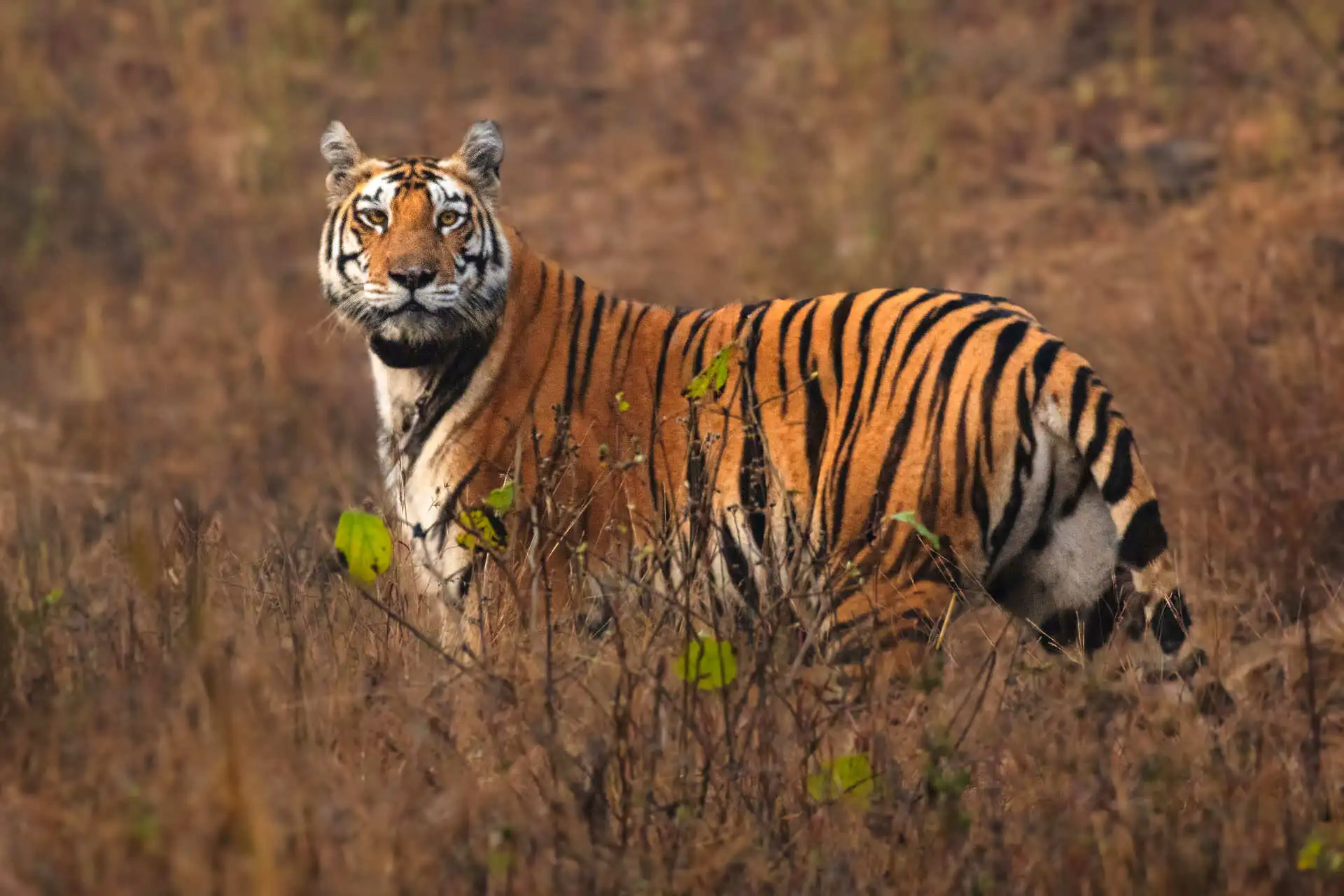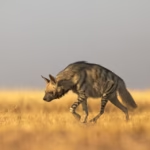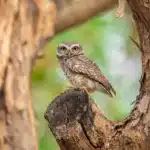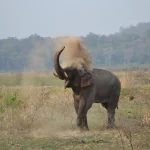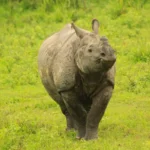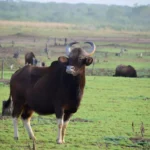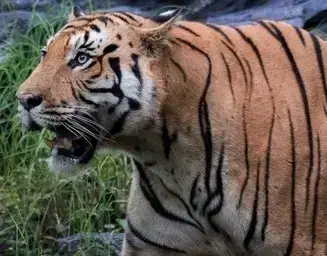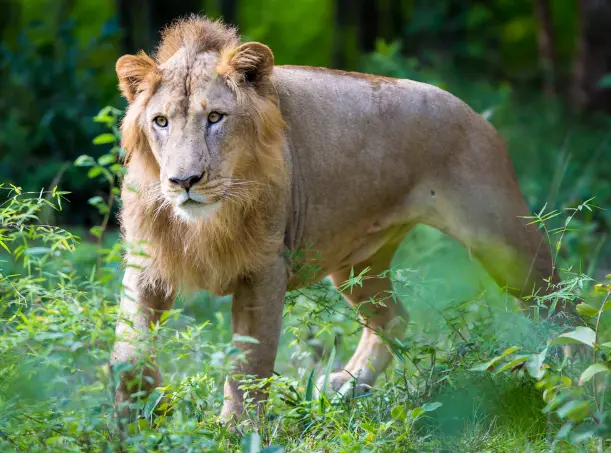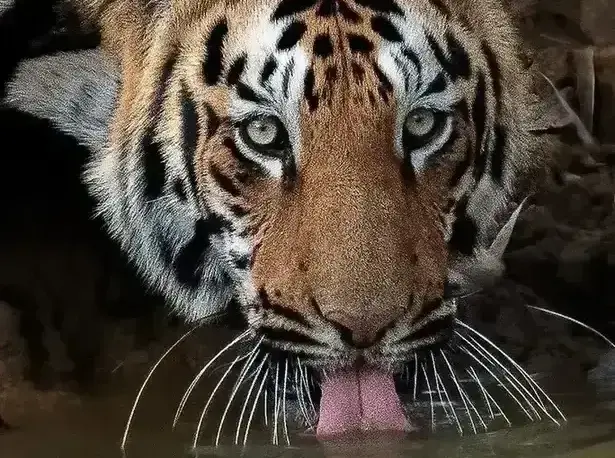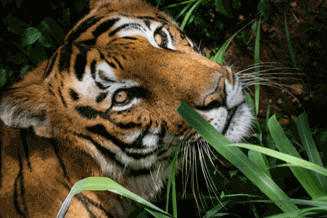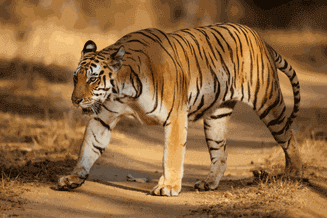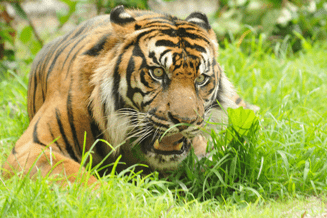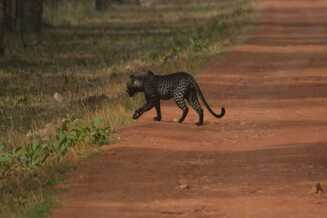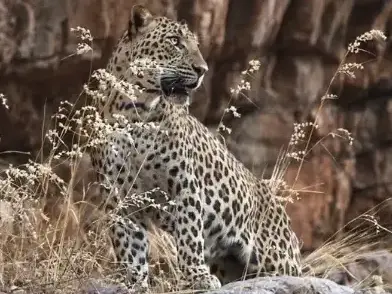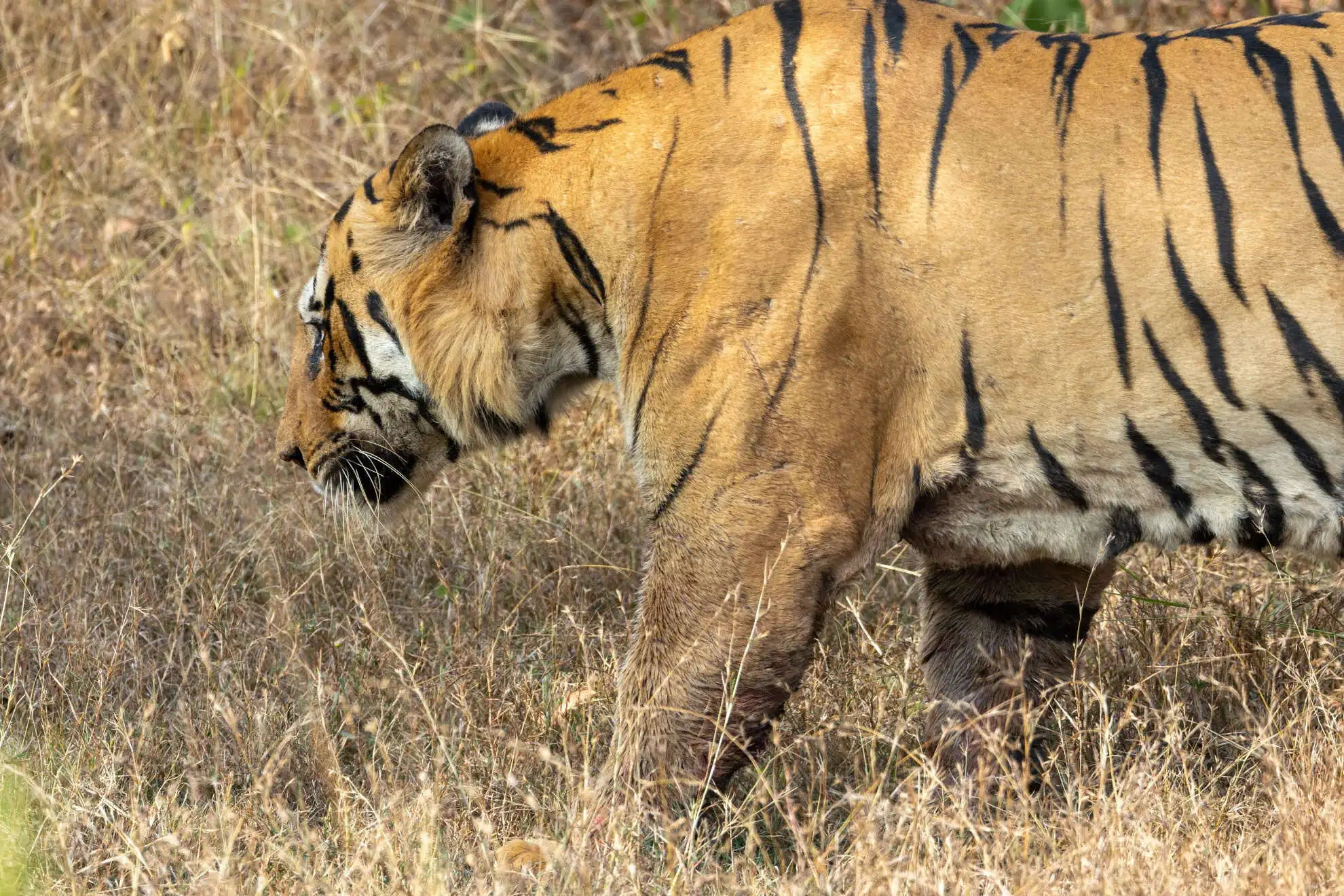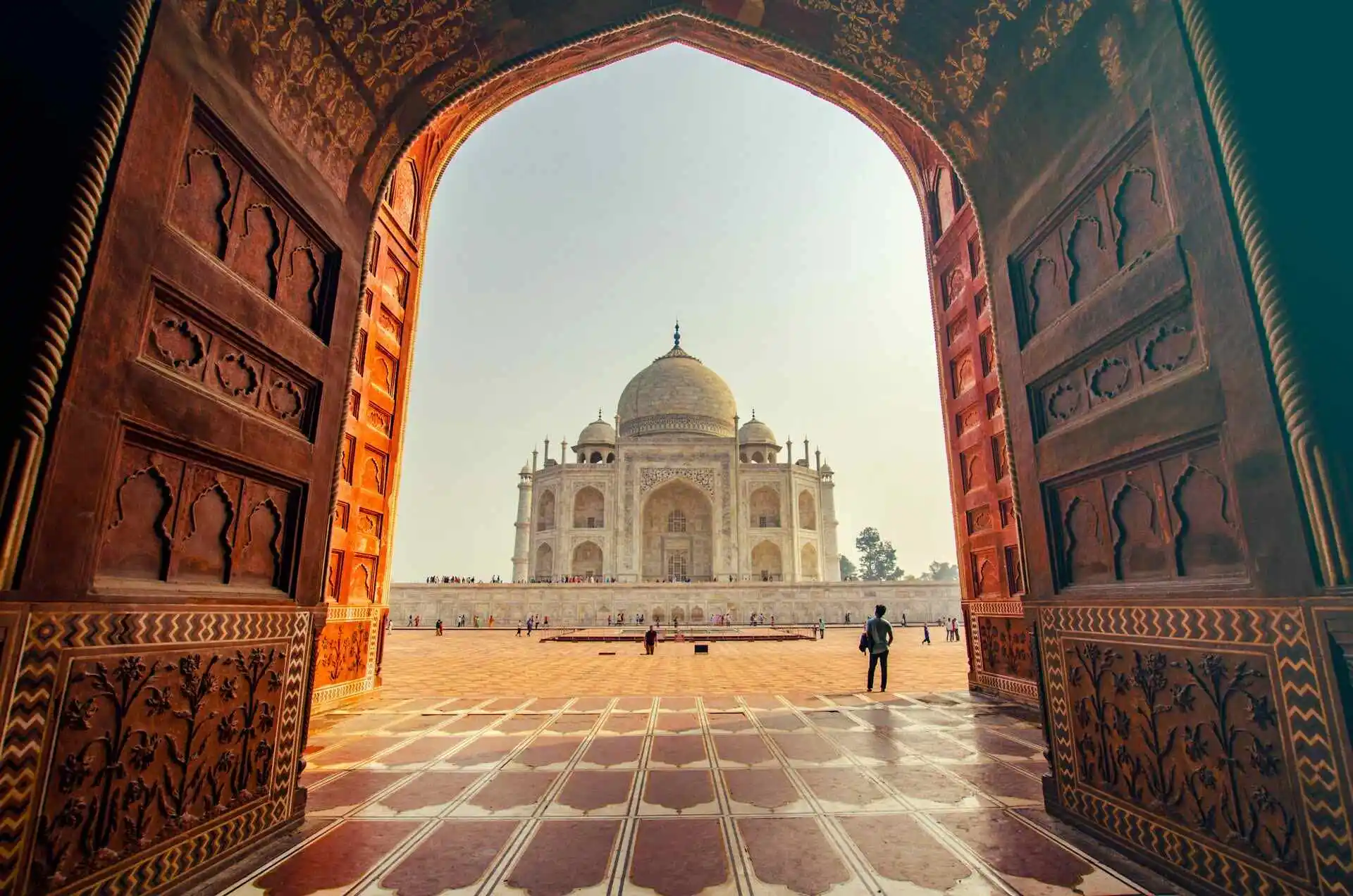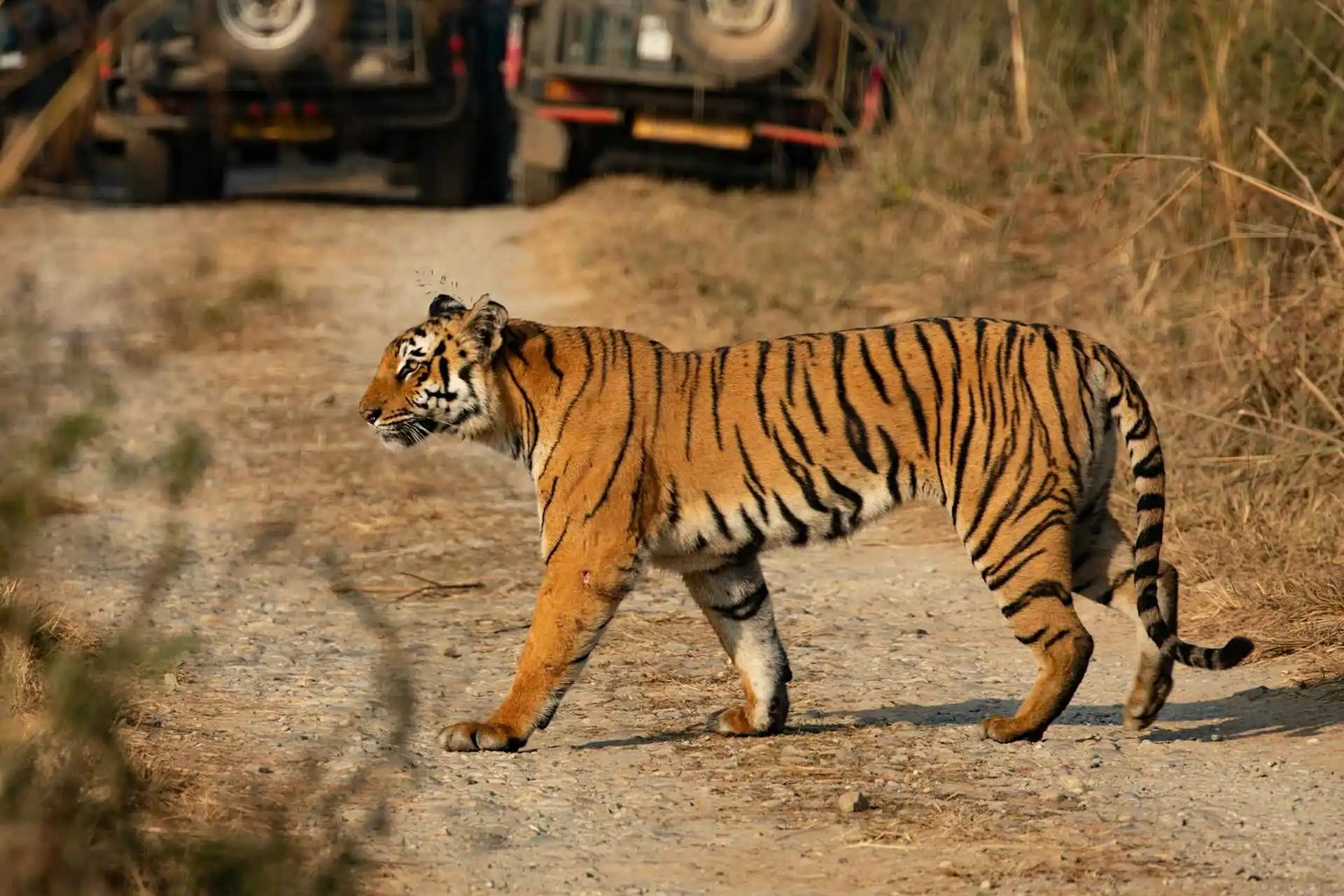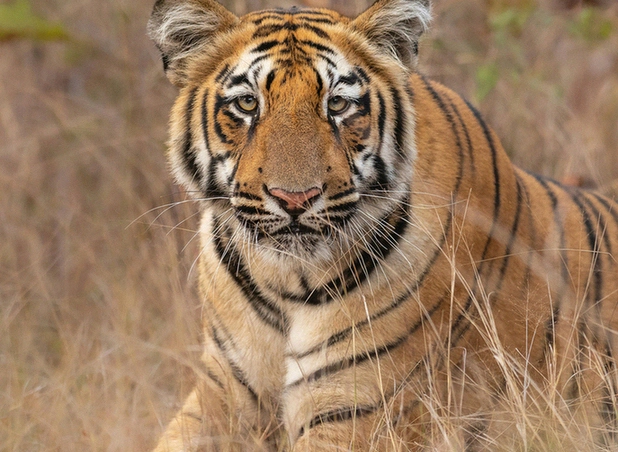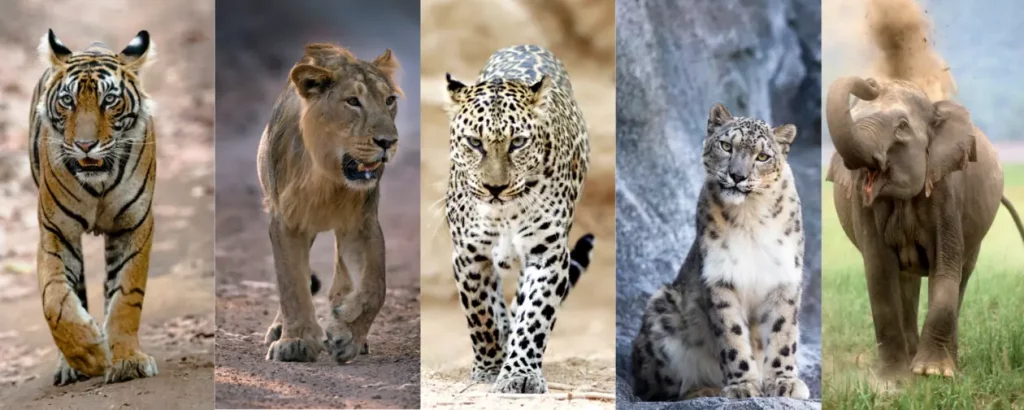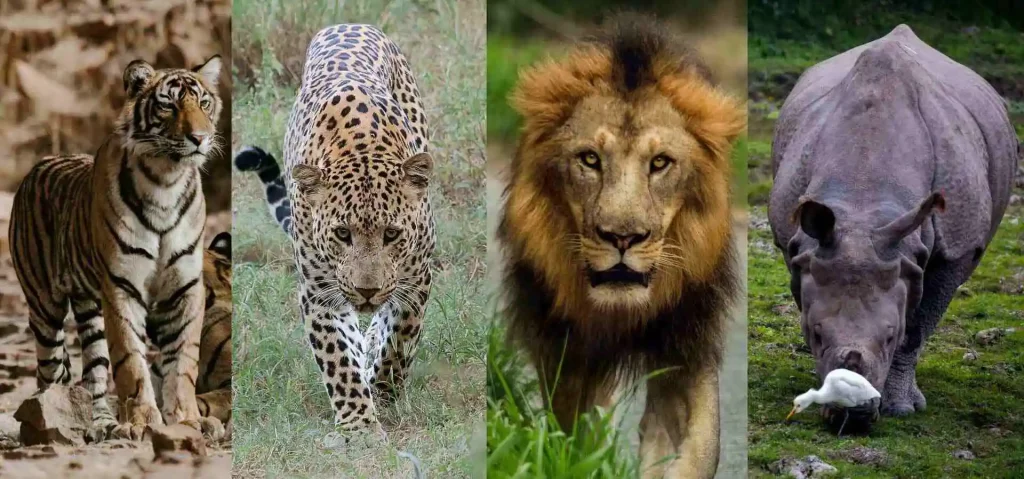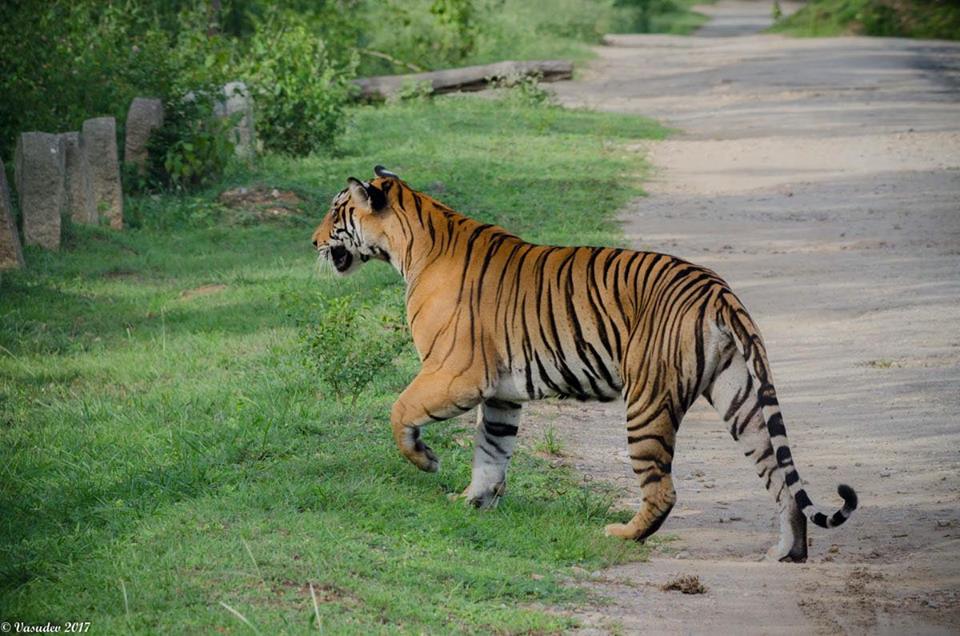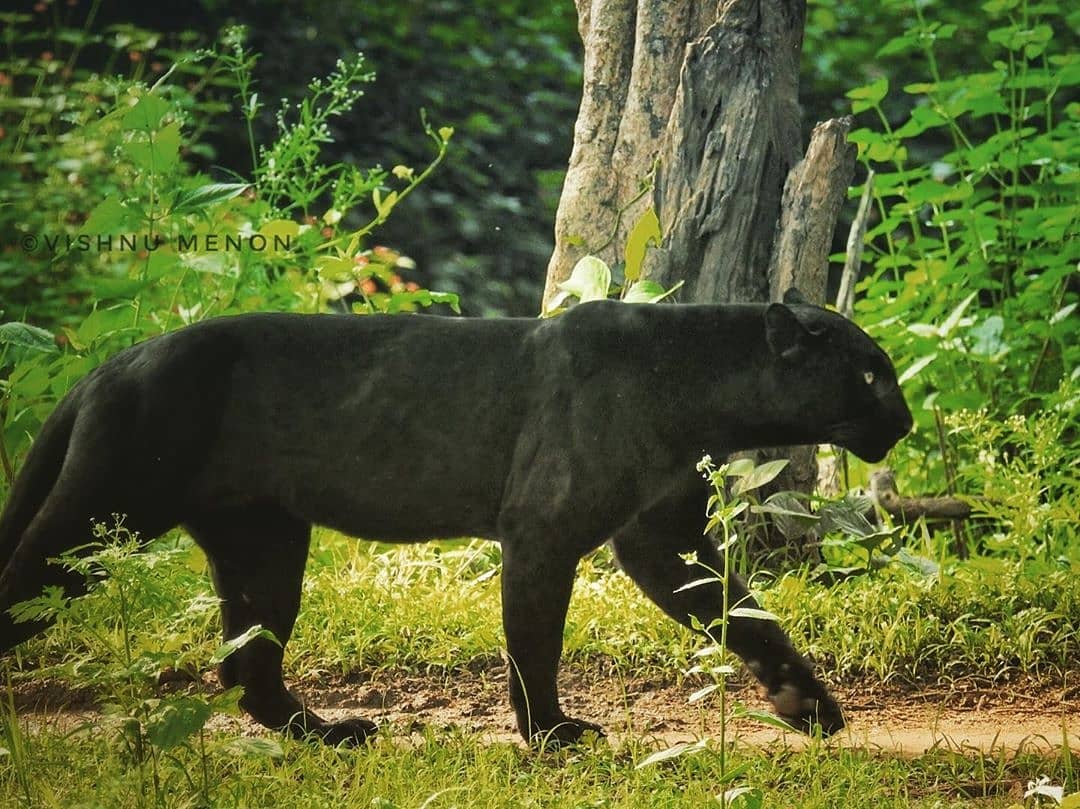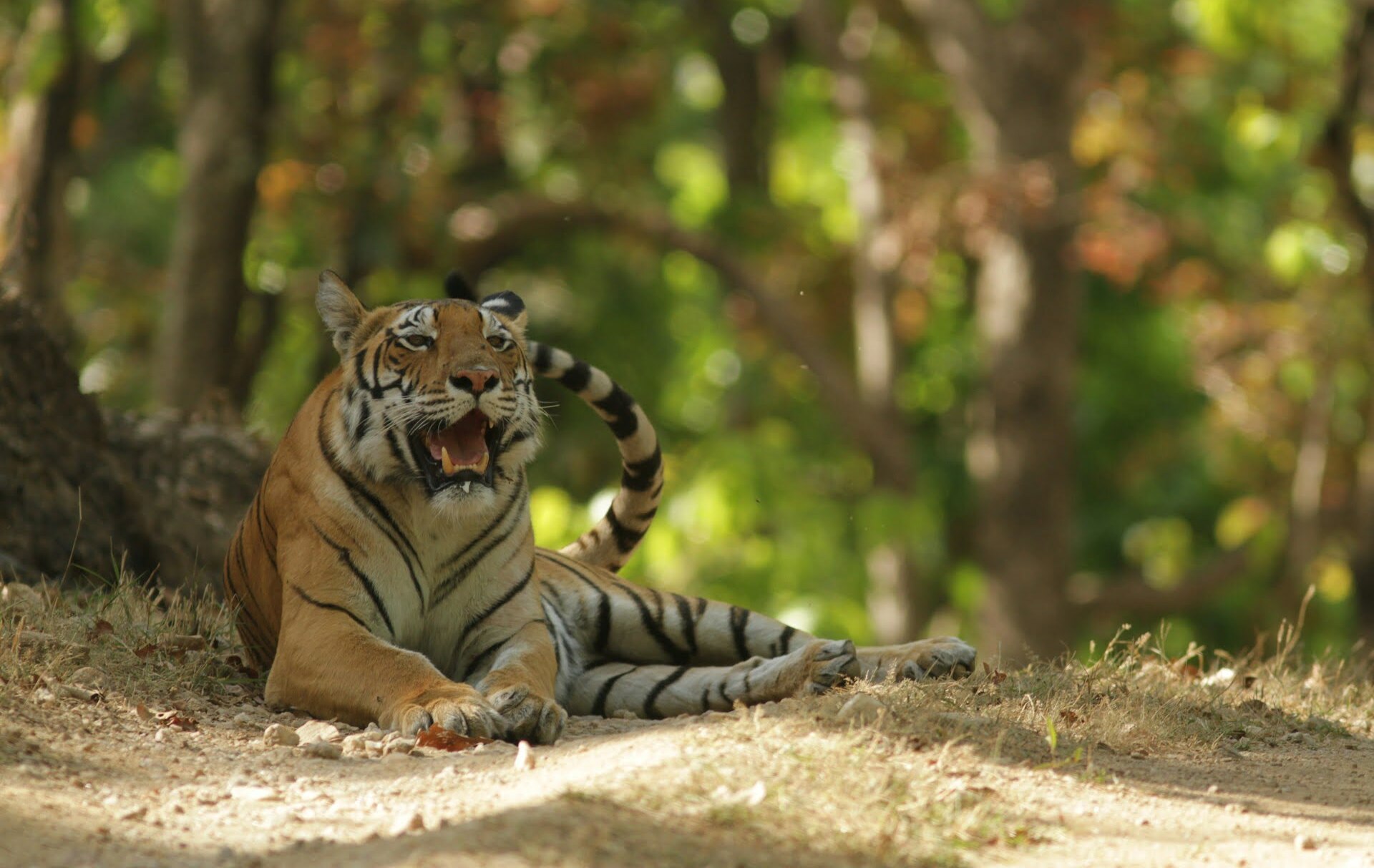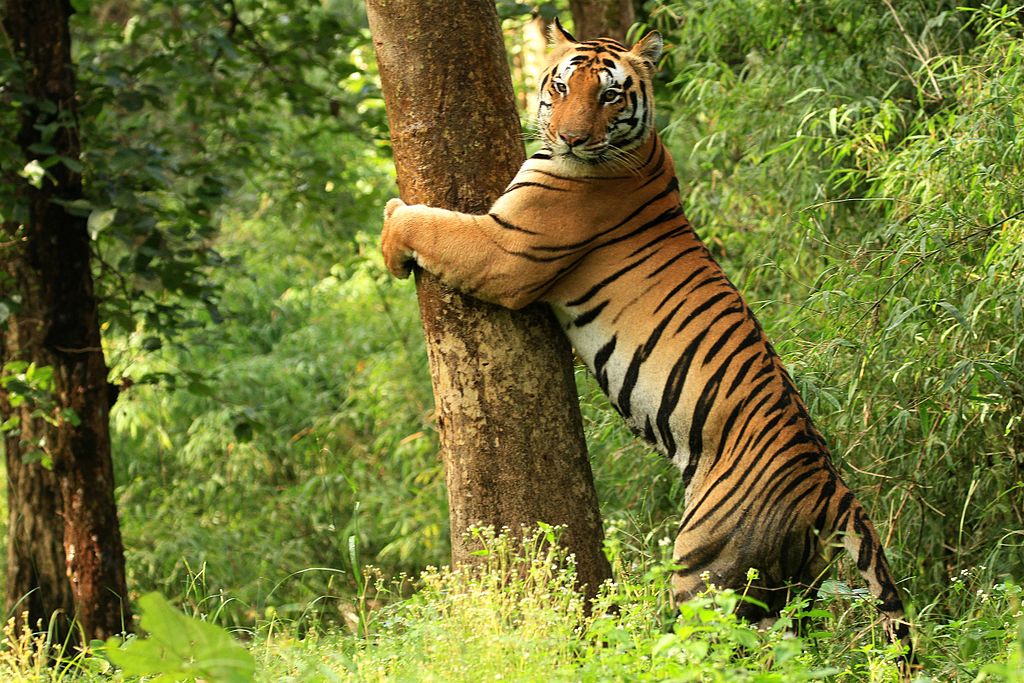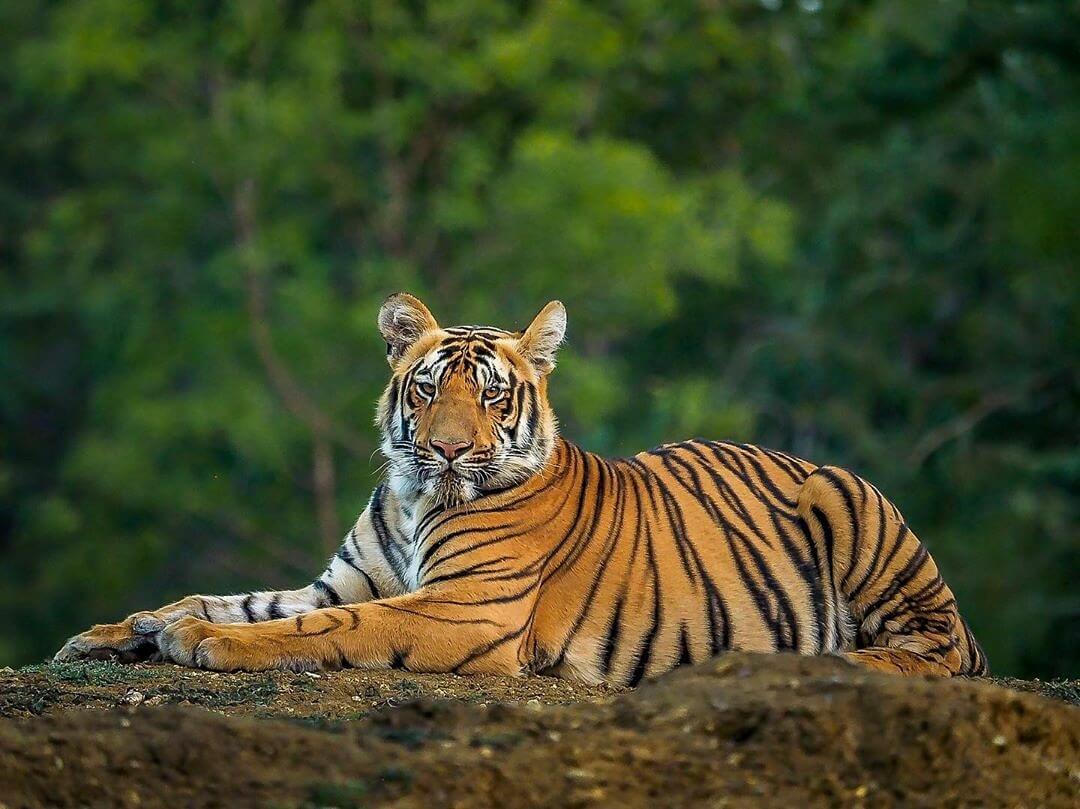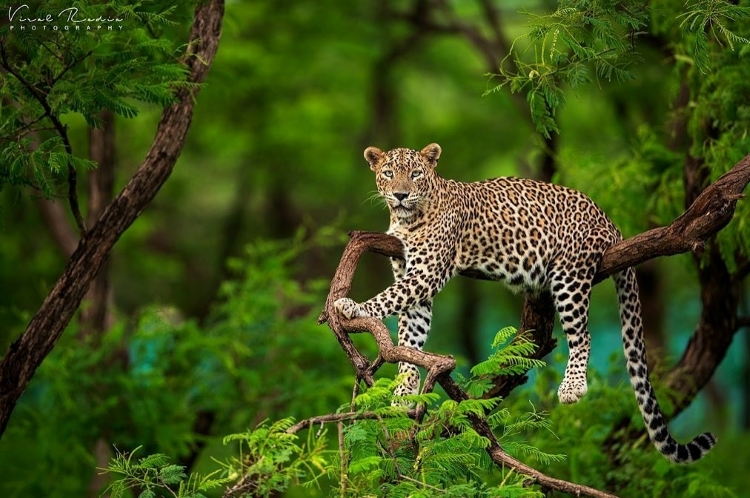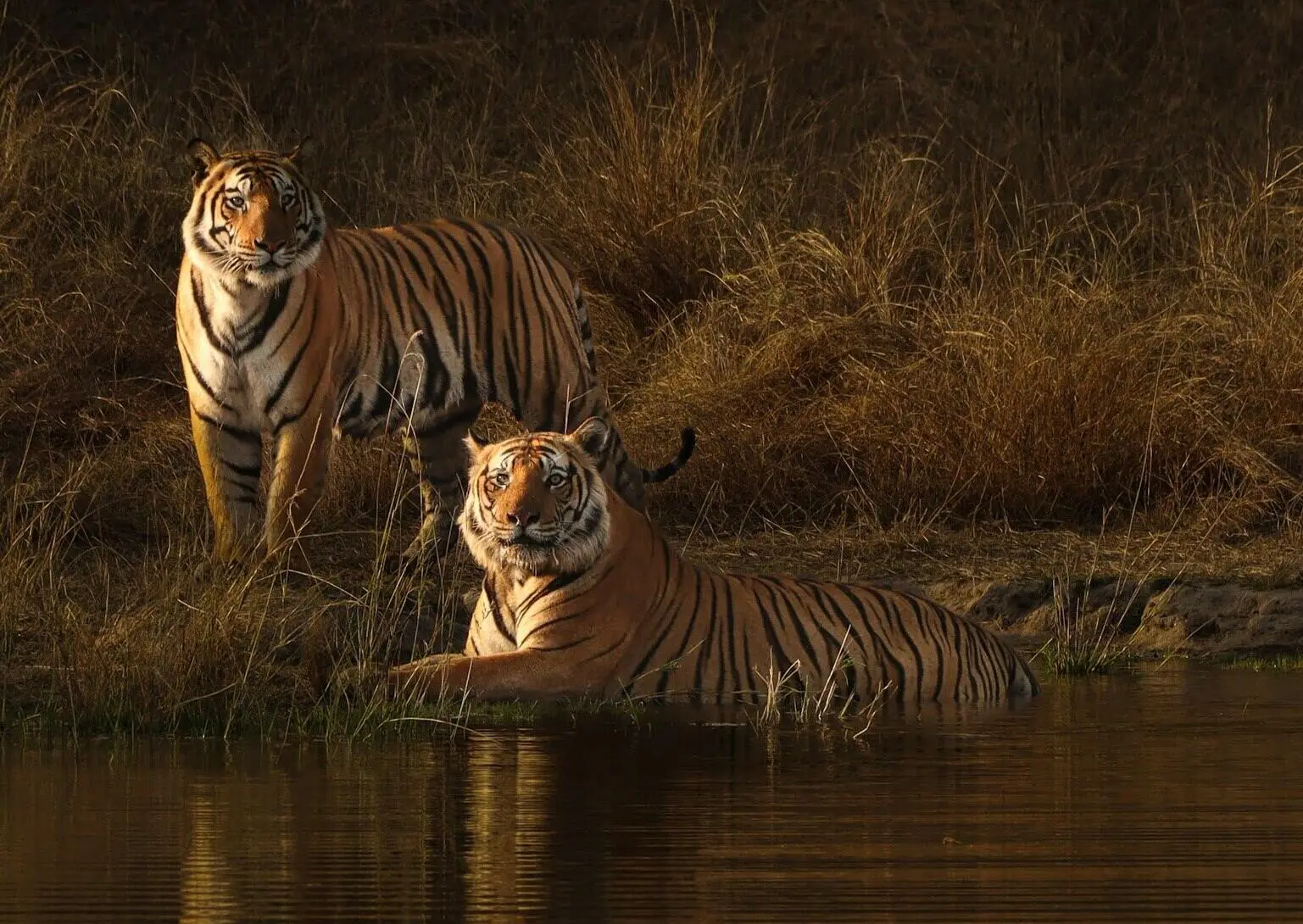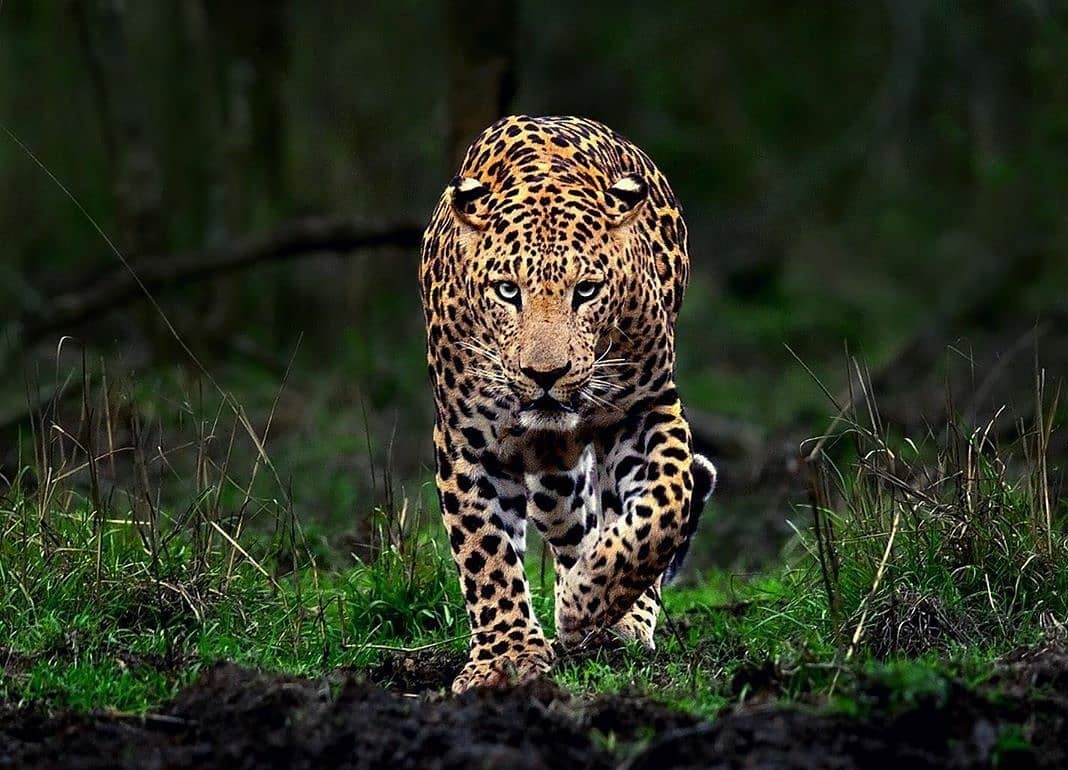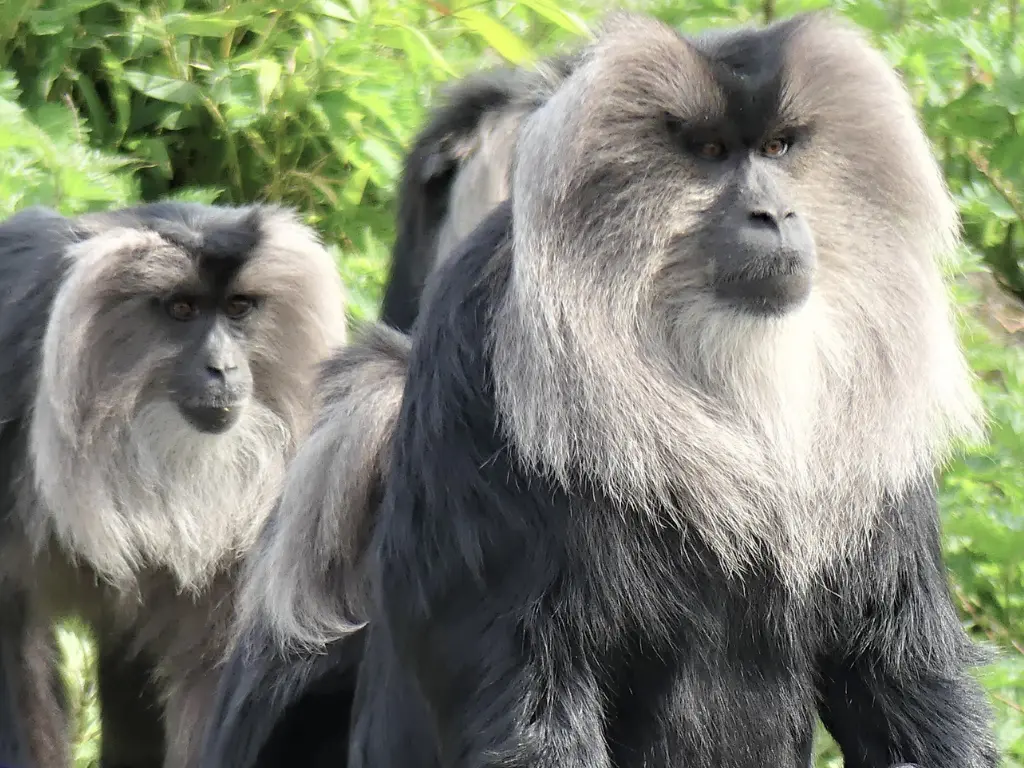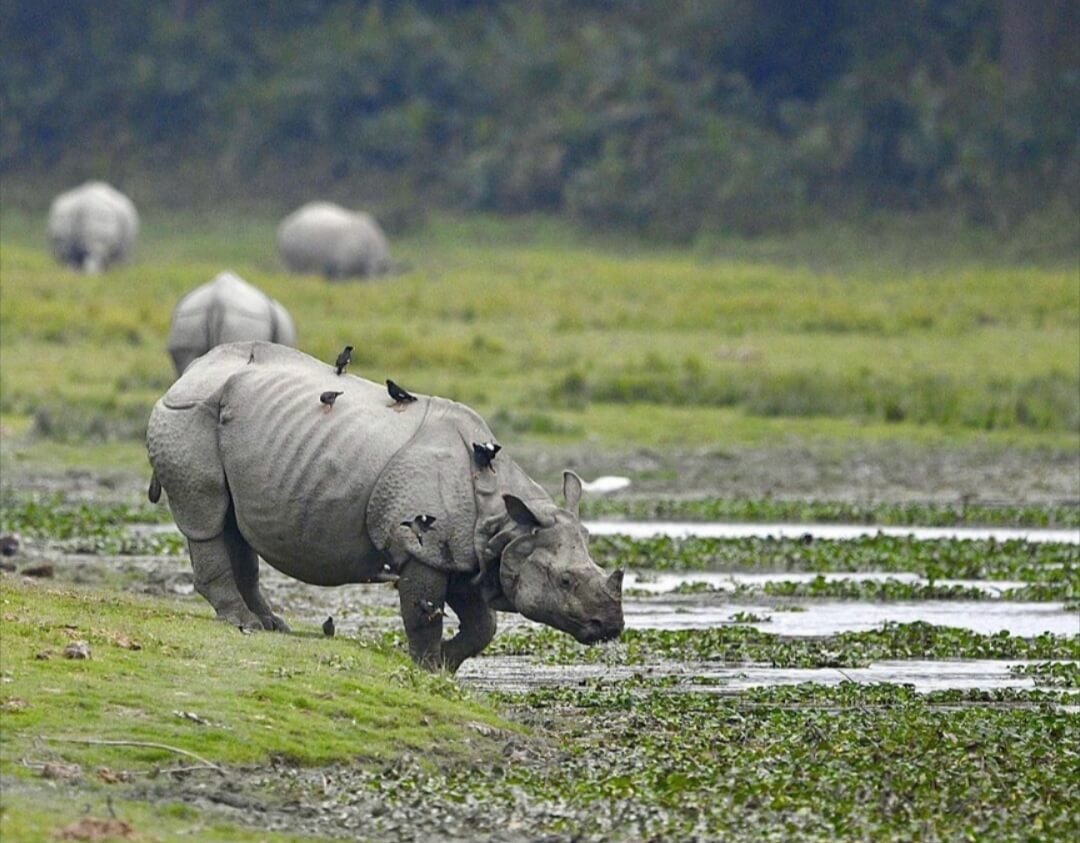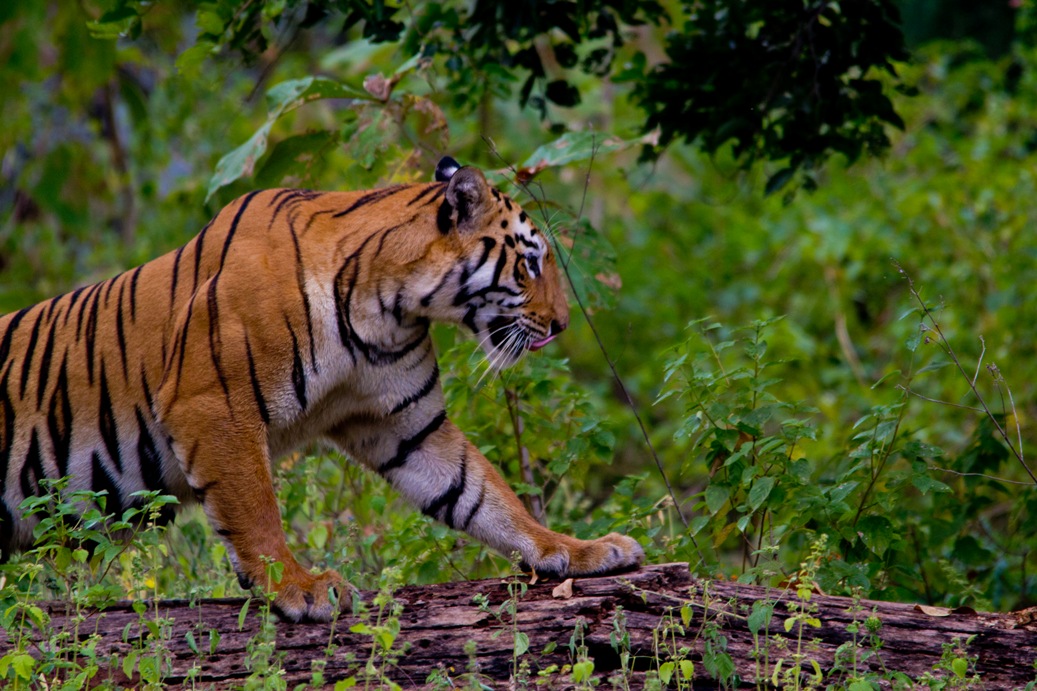The Majestic Indian Elephant: Strength, Wisdom, and Survival
The Indian elephant (Elephas maximus indicus) is one of the most respected animals in India. For centuries, it has been a part of our culture, mythology, and daily life. Worshipped as a symbol of strength and wisdom, elephants are seen in temples, festivals, and folklore across the country. But beyond culture, they also play a vital role in the forests dispersing seeds, clearing vegetation, and helping new life grow.
How to Identify an Indian Elephant
Indian elephants are smaller than their African relatives but are still among the largest land animals on earth. They have a rounded head, smaller ears, and a long trunk used for feeding, drinking, and even social gestures. Unlike African elephants, where both males and females grow tusks, in India only some males have tusks. The tuskless males and females are called makhnas.
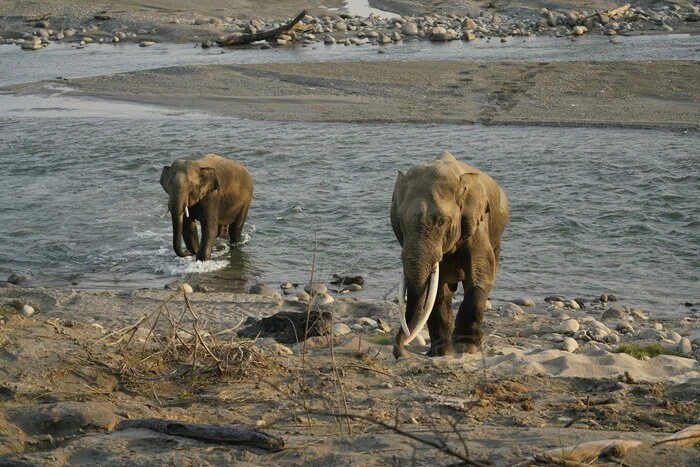
Indian Elephants in Corbett
Size, Weight, and Appearance
- Adult males: 8-10 feet tall at the shoulder, weighing 2,000-5,000 kg
- Females: 7-9 feet tall, slightly smaller than males
- Skin: Dark grey to dusty brown, often covered with mud or dust (nature’s sunscreen)
These gentle giants love dust baths, which not only keep them cool but also protect them from insect bites.
Birth and Life Cycle
Elephants have one of the longest pregnancies of any land animal about 22 months. A calf weighs close to 100 kg at birth and is cared for by the entire herd. These social bonds are strong, and young elephants rarely leave the safety of their mothers and aunts.
In the wild, Indian elephants can live 60-70 years. In captivity, their lifespan often depends on how well they are cared for.
Key Characteristics of Indian Elephant
| Feature | Description |
|---|---|
| Scientific Name | Elephas maximus indicus |
| Height | 2 to 3.5 m (6.6 to 11.5 ft) at the shoulder |
| Weight | 2,000 to 5,500 kg (4,400 to 12,100 lbs) |
| Lifespan | 60 to 70 years in the wild |
| Habitat | Grasslands, dry deciduous, moist deciduous, evergreen, and semi-evergreen forests. |
| Distribution | Found in India and other countries of mainland Asia, including Nepal, Bangladesh, Bhutan, Myanmar, Thailand, and others. |
| Diet | Herbivore. Consumes up to 150 kg (330 lbs) of vegetation per day. |
| Social Structure | Live in matriarchal herds led by the oldest and most experienced female. |
| Conservation Status | Endangered (IUCN Red List). |
What Do They Eat?
An adult elephant can eat over 150 kg of food a day grasses, leaves, bark, and seasonal fruits. They drink more than 100 liters of water daily. Despite their bulk, they can run up to 40 km/h if threatened.
Where Do Indian Elephants Live?
Indian elephants prefer dense forests, grasslands, and river valleys. They never stray far from water.
Main Elephant Regions in India
- Southern India – Karnataka, Kerala, Tamil Nadu
- Central India – Chhattisgarh, Jharkhand, Odisha
- Northeast India – Assam, Arunachal Pradesh, Meghalaya
- Northern India – Uttarakhand, Uttar Pradesh
Together, these regions form the last strongholds of the Indian elephant, where conservation efforts are vital to keep their ancient migration routes alive.
Best Places to See Elephants in India
- Jim Corbett National Park (Uttarakhand) – Famous for large herds crossing forest roads.
- Kaziranga National Park (Assam) – Ideal for spotting elephants along with rhinos.
- Periyar Wildlife Sanctuary (Kerala) – Known for elephant sightings near the lake.
- Bandipur & Nagarhole (Karnataka) – Rich elephant corridors with strong protection.
These parks are also popular for elephant safaris, though ethical wildlife viewing always prefers observing them in the wild, not in captivity.
Migration and Movement Patterns
Indian elephants travel long distances as the seasons change, mainly in search of food and water. Some herds follow the same routes for generations, guided by the memory of matriarchs who know the land well.
Major Elephant Migration Regions in India
- Nilgiri Biosphere Reserve (Karnataka, Kerala, Tamil Nadu) – One of the most important elephant landscapes with famous corridors like Mudumalai-Bandipur-Wayanad-Nagarhole.
- Kaziranga-Karbi Anglong (Assam) – Elephants move between grasslands and nearby hills depending on the season.
- Dooars and North Bengal (West Bengal) – Regular movements between forests of Bhutan foothills and Indian reserves.
- Rajaji-Corbett (Uttarakhand) – Known for elephants moving between Shivalik hills and Terai grasslands.
- Eastern India (Odisha, Jharkhand, Chhattisgarh) – Seasonal migrations often bring elephants close to farmlands.
Wildlife corridors in these regions are critical, as they connect fragmented forests and reduce conflict. Without them, elephants are forced to cross farms, roads, and railway lines, which increases the risk of accidents and human-elephant conflict.

Elephant in Kaziranga
Behavior and Social Life
Elephants live in matriarch-led herds, usually made up of females and calves. Males leave the group when they mature and either live alone or in small bachelor groups.
Daily Routine
- Foraging for 12-18 hours a day
- Bathing and cooling off in rivers or mud pools
- Walking long distances to find food and water
- Resting and social bonding
Communication
They “talk” through rumbles, trumpets, body language, and even vibrations felt through the ground. Elephants are known to mourn their dead, showing remarkable emotional intelligence.
12 Lesser-Known Facts About Indian Elephants
- They can “talk” through seismic vibrations felt in their feet.
- Indian elephants are excellent swimmers and can cross rivers effortlessly.
- Their tusks, unlike African elephants, are present only in some males.
- They have an incredible memory and recognize individuals even after years.
- A newborn calf weighs around 100 kg at birth!
- Elephants can mourn their dead and show emotional intelligence.
- They have over 40,000 muscles in their trunk, making it extremely versatile.
- They use mud as natural sunscreen to protect their skin.
- Elephants consume over 100 liters of water per day!
- Despite their massive size, they can run up to 40 km/h.
- Their ears help regulate body temperature in hot climates.
- Baby elephants “suckle” with their mouths, not trunks.
Human-Elephant Conflict in India
As elephant habitats shrink, clashes with humans are becoming common. Elephants raid crops, damage property, and sometimes even cause accidental deaths. In return, many elephants are injured or killed when they cross railway lines or roads.
To reduce conflict, forest departments create elephant corridors, install warning systems, and work with local communities. Farmers in some regions even grow crops that elephants avoid, such as chili or citrus, near their farms as natural barriers.
Elephants in Indian Culture
- Lord Ganesha, one of the most worshipped Hindu deities, has the head of an elephant.
- The white elephant Airavata is said to be the mount of Lord Indra.
- Elephants appear in temple traditions, festivals like Thrissur Pooram, and old Indian warfare.
Even today, elephants are part of wedding processions and cultural ceremonies, though there is growing awareness against using them in captivity.
Role in the Ecosystem
Indian elephants are often called “forest engineers.” By feeding on trees, dispersing seeds through dung, and creating clearings, they allow smaller plants and animals to thrive. Without elephants, many forests would lose their balance.
Conservation and Protection
Current Numbers
India is home to about 27,000-30,000 elephants, mostly in the Western Ghats and Northeast.
Major Threats
- Habitat loss due to farming, mining, and roads
- Poaching for ivory and body parts
- Train and road accidents on migration routes
- Climate change affecting food and water availability
Key Conservation Efforts
- Project Elephant (1992) – Government program to protect elephants and habitats
- Elephant Corridors – To ensure safe passage across fragmented forests
- Anti-Poaching Laws – Stronger enforcement and penalties
- Community-Based Tourism – Involving locals in protecting elephants while benefiting from eco-tourism
The future of Indian elephants depends on how well we balance human needs with wildlife protection, ensuring these gentle giants continue to roam our forests
Popular Safari Packages to spot Indian Elephants
Future of Indian Elephants
Technology like GPS collars and drones is now being used to track elephant movements and prevent conflict. But long-term survival depends on protecting corridors, involving local communities, and encouraging responsible tourism.
For India, saving the elephant is not just about conservation. It’s about protecting a part of our history, culture, and the forests that sustain life for countless species.

